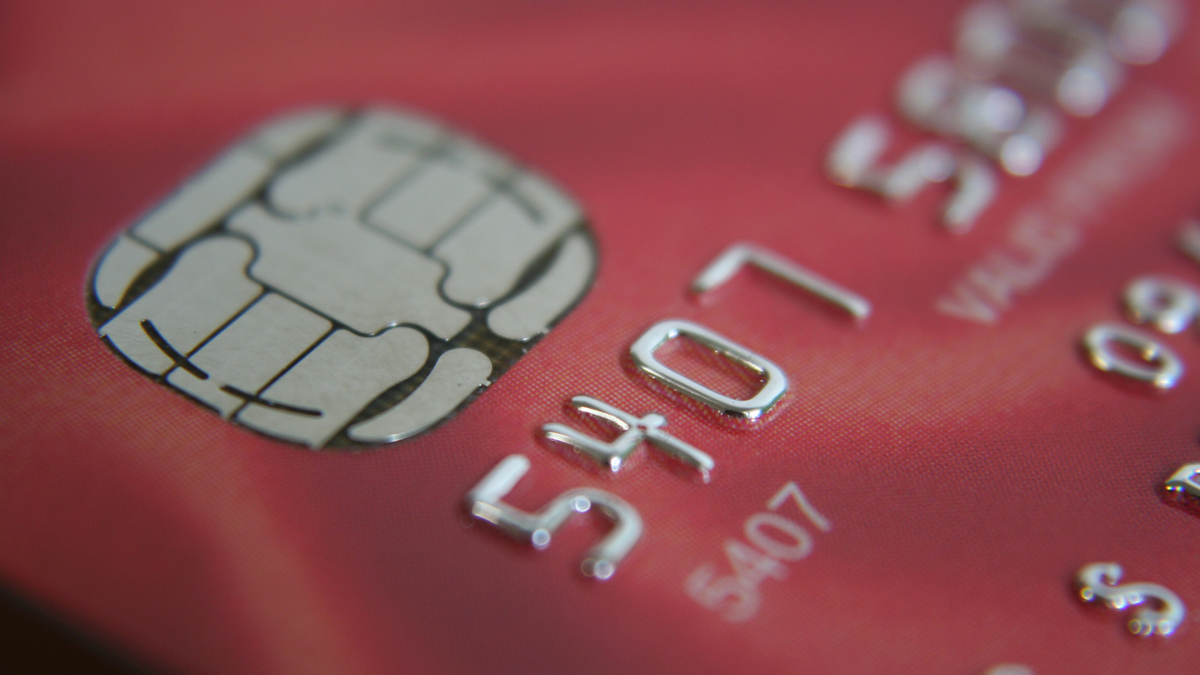What is an NSF Fee & How to Avoid Them

An NSF fee, also known as a non-sufficient funds fee, is a charge imposed by a bank or other financial institution when an individual attempts to make a payment from an account that does not have enough money to cover the cost. This fee can be costly and can quickly add up if not avoided. Fortunately, there are a few simple steps that can be taken to avoid NSF fees, such as ensuring that you keep track of your account balance, setting up overdraft protection, and being mindful of the payment due dates for bills. By understanding what an NSF fee is and how to avoid them, you can save yourself from an unpleasant surprise and costly penalty.
What is an NSF fee?
An NSF fee, or non-sufficient funds fee, is a fee charged by a bank or other financial institution when an individual attempts to make a payment from an account that does not have enough money to cover the cost. The process for determining if a payment will be covered by an account is fairly straightforward: The amount of a payment is deducted from the account balance, and if there is not enough money in the account, the payment will be rejected by the bank or financial institution, resulting in the NSF fee. There are a few reasons why a payment from an account may not have enough funds to cover it. Perhaps there was a mistake in the account, such as a math error or incorrect data entry. It may also be that a payment was sent to the incorrect account. Whatever the reason, an NSF fee is assessed when a payment is made from an account that does not have enough money in it to pay the amount due.
How do NSF fees work?
The process for determining if a payment will be covered by an account is fairly straightforward. The amount of a payment is deducted from the account balance. If there is not enough money in the account, the payment will be rejected by the bank or financial institution, resulting in the NSF fee. To illustrate this, let’s say you have an account with $100 in it. If you attempt to make a $50 payment, the payment will be rejected since there is not enough money in the account to cover it. The rejected payment will result in an NSF fee of $35. It’s important to note that the NSF fee is not a penalty, but rather a charge for the overdraft coverage provided by the bank or financial institution.
How much do NSF fees cost?
NSF fees can vary depending on the financial institution, but they typically fall between $35 and $38. Although a $35 fee may not seem like much, NSF fees can quickly add up, especially if the account is frequently overdrawn. It’s important to note that some financial institutions may charge a flat fee for each overdrawn item. This makes it even more crucial to avoid NSF fees since each payment will incur a fee. The best way to avoid NSF fees is to ensure that there is enough money in the account to cover each payment or transaction. The first step towards avoiding NSF fees is to keep track of the account balance. This can be done manually, although most banks and financial institutions offer free online account management tools. Keeping track of the account balance will enable you to know how much money is in the account and, in turn, determine if there is enough to cover each payment.
How to avoid NSF fees
There are a few steps you can take to avoid NSF fees. First, ensure that there is enough money in the account to cover each payment. This can be done by keeping track of the account balance or setting up an alert to notify you when the account is running low. Second, set up overdraft protection. Many banks and financial institutions offer overdraft protection, which is essentially a short-term loan that covers the deficit in the account when there is not enough money to pay a transaction. Although overdraft protection can come with some fees, it’s generally cheaper than NSF fees. Lastly, be mindful of payment due dates. NSF fees can often be avoided by simply making sure that payments are made on time.
What to do if an NSF fee has already been charged
If you have already been charged an NSF fee, there are a few steps you can take to avoid it from happening again. First, address the cause of the NSF fee. This could simply be a mistake such as a math error or incorrect data entry, or it could be that a payment was sent to the wrong account. Once the cause has been identified, take steps to correct it. Second, set up overdraft protection. This can often be done online and can help ensure that an account doesn’t become overdrawn in the future. Finally, pay the NSF fee. Although this can be frustrating, it is important to pay the NSF fee as soon as possible. This will help to prevent the fee from increasing.
Summary
An NSF fee, also known as a non-sufficient funds fee, is a charge imposed by a bank or other financial institution when an individual attempts to make a payment from an account that does not have enough money to cover the cost. The best way to avoid NSF fees is to ensure that there is enough money in the account to cover each payment or transaction. Keeping track of the account balance or setting up overdraft protection can help to avoid NSF fees. It’s important to note that NSF fees can quickly add up, so it’s important to address the cause of the fee as soon as possible.
